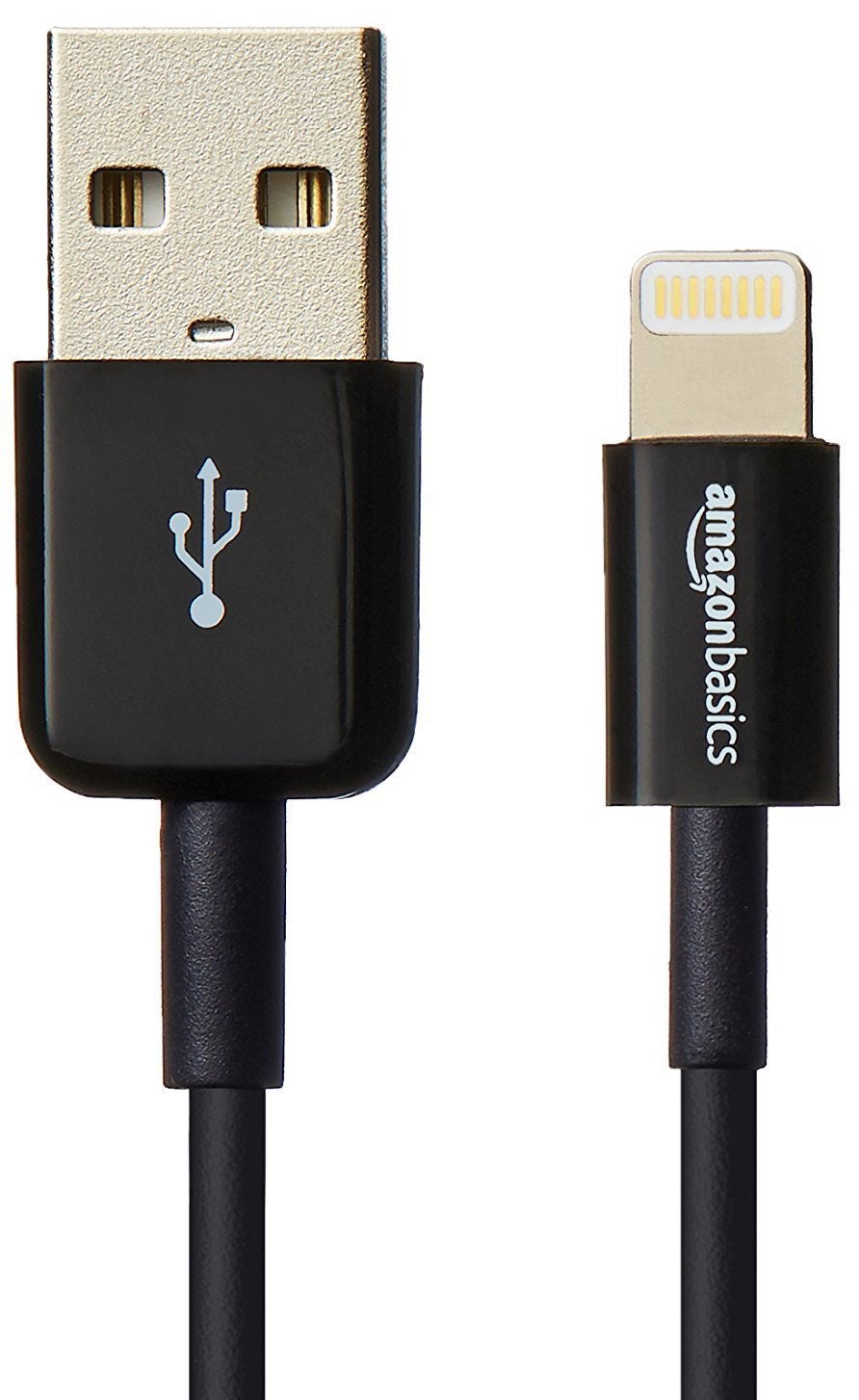Cable Basics
By You will find two primary varieties of networking cables in any package deal of wires resting around your workplace. The majority of the cables will be straight-through wires, but some may end up being crossover cables. In straight-through cables, the eight hooks or cables that create up the cable go with directly from one aspect of the cabIe to the various other. With crossover wires, the send and receive cables are traded with each other or are crossed.
You will find two main types of networking cables in any bundle of cables lying around your office. The majority of the cables will be straight-through cables, but some may be crossover cables. In straight-through cables, the eight pins or wires that make up the cable match directly from one side of.
In many situations, you will would like to use the standard cable because these cables are developed for linking products or hosts to a change. Crossover wires are designed for switch-to-switch connections.
Numerous of the switches in Cisco'h product series support Auto-MDIX, which enables you to make use of a straight-thróugh cable to link two changes. If your switch does not help Auto-MDIX (or has it impaired), using a straight-thróugh cable will not work to connect the buttons, and the Directed on that slot will not really light up. If you overlook this, remember to check out the cable whén interconnecting the switch. These cables will possess either dietary fiber fittings or some type of RJ45 fittings. Generally, you will make use of RJ45 fittings in slots, as proven. In this body, notice that each switch port is certainly numbered and iIluminates when a operating device is linked to the change.
Also, ensure that your wires still possess their retaining clips on them ánd that the connectors are completely sitting in the change port outlet. Just as straight-through cables will not really connect fuses with auto-MDIX impaired, crossover wires will not connect products to buttons with auto-MDIX handicapped. After you have connected your client gadget to the switch, do not really anticipate to become able to connect with your new network neighbors right aside. By default, Comprising Tree Protocol (STP) is definitely allowed on all of your ports, which means that new devices are usually not allowed to connect until the change is sure that the linked device is usually not another switch. STP will this by implementing a listening stage during which the switch is not really allowed to deliver visitors to major data system.
If the change passes the test, then the slot changes into a forwarding condition. You will discover the light for that slot transformation from amber (blocking) to green (forwarding). If you are running up a switch from your shelf, do not really connect it to the major network simply however. If the switch you are running up offers a VLAN data source with a higher reversion amount than your creation changes, it will overwrite your manufacturing configuration, probably deleting all of your creation VLANs.

Power Cable Basics
- Belden's Fiber Optic cable line answers the diverse, and often complex, needs of today's advanced networks. Not only do these cables future-proof your network, they also fully organize your network while protecting it from the environment.
- Types of Coaxial Cable. Here is a good article on some common types of coaxial cable. However, this post will focus on RG-6, which is commonly used in residential analog video deployments (e.g. My questions from the field are nearly always about RG-6.